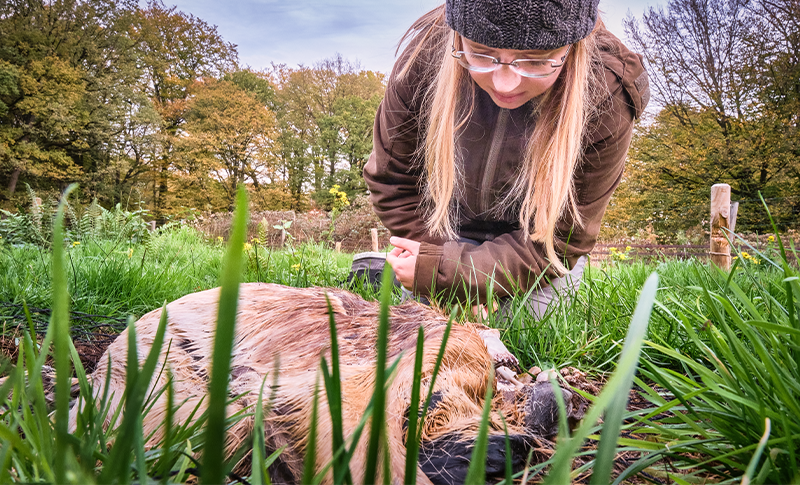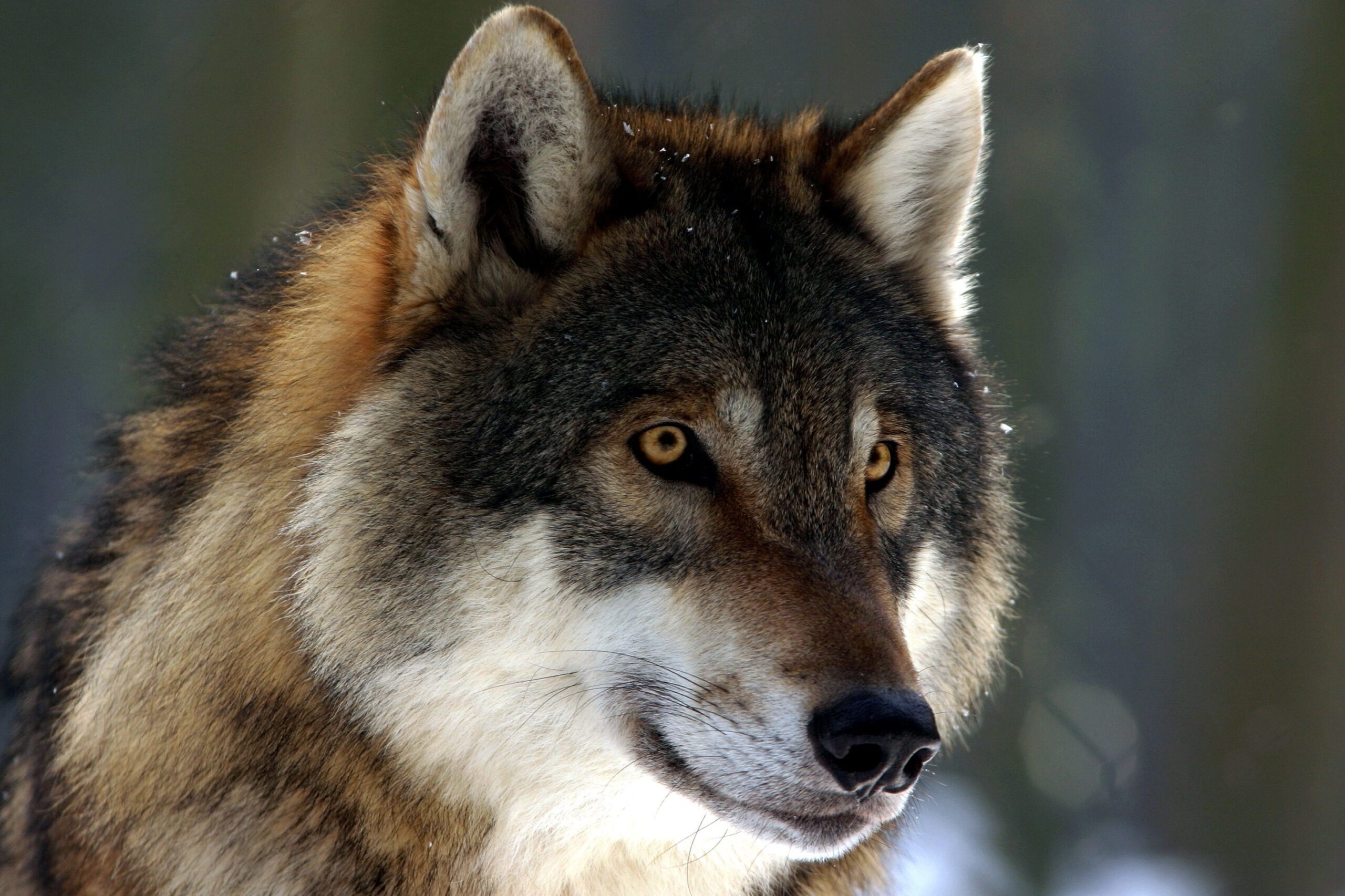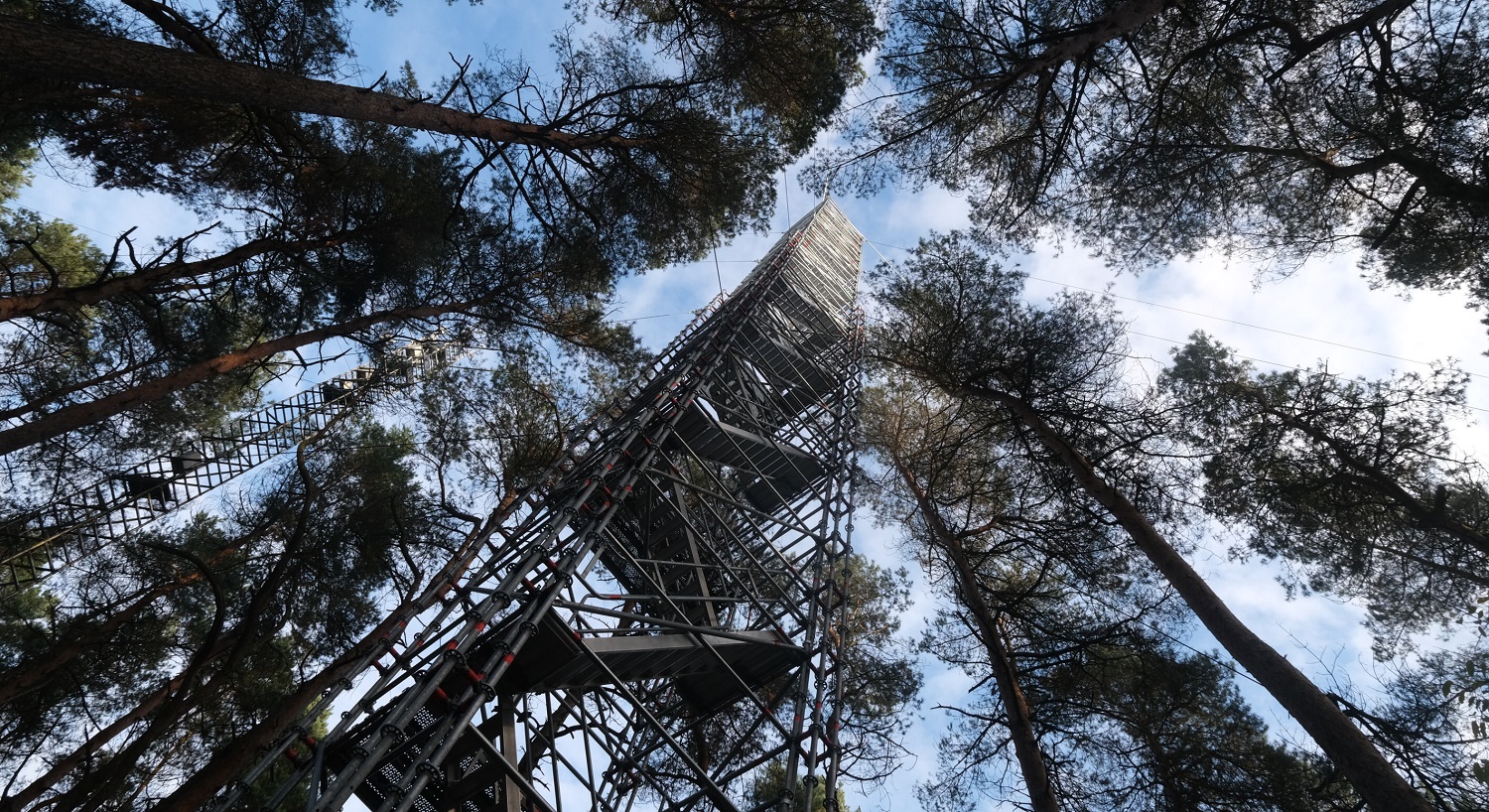Hikers in nature areas disturb the birds. But how big is that effect and what would be a good solution for that problem? PhD candidate Rogier Pouwels developed a method to assess this.
Land managers who want to protect birds from recreational crowds are quick to opt for the most severe measure: closing off an area, whether temporarily or permanently. ‘But that also deprives people of a positive encounter with nature,’ says Rogier Pouwels. He obtained his doctorate last week for a study of the use of data on the combination of recreation and the protection of birds.
Closing off areas deprives people of positive encounters with nature
Rogier Pouwels
Pouwels developed models to find solutions together with stakeholders and get supporting evidence for interventions. Local data and expertise form the basis. For example, in the New Forest (UK), he used GPS trackers to get precise data on where visitors walked. Incorporating that in a model showed that simply moving a car park can result in 80 per cent fewer hikers in a vulnerable area.
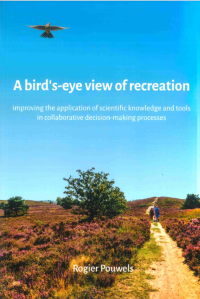
In the Waterleidingduinen nature reserve near Amsterdam, Pouwels’ model predicted that the creation of a closed zone with no disturbances in the middle of the area would increase the number of breeding skylark pairs by almost a factor of three.
For the Veluwe, Pouwels worked out the relationship between visitor numbers and bird populations for three species: the nightjar, the stonechat and the woodlark. It turned out that even small numbers of visitors disturbed these birds. Their populations would be over a quarter bigger without recreational visitors.
The province of Gelderland is currently developing a new recreational plan for the Veluwe. The Wageningen study is serving as a point of reference for potential measures, such as fencing off areas. Pouwels himself would prefer a different approach. ‘It would be better to have measures that improve the quality or extent of the habitat and acknowledge the positive aspects of recreation. Positive encounters with nature generate a love of nature and support for nature conservation.’

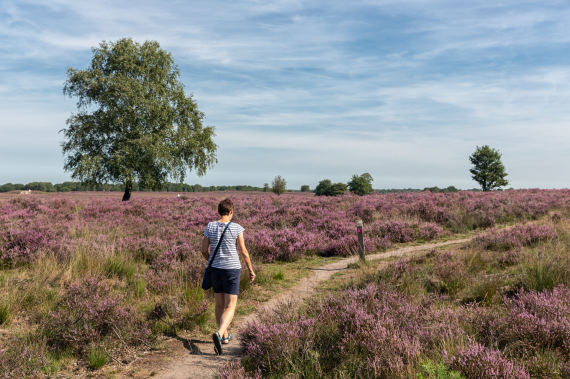 Photo: Shutterstock.
Photo: Shutterstock. 